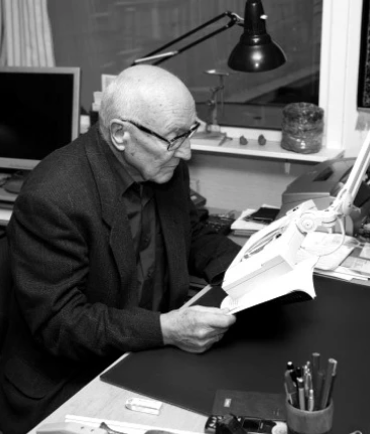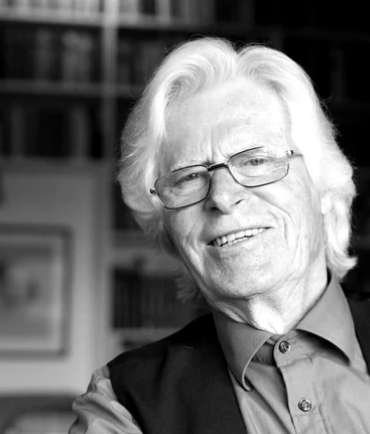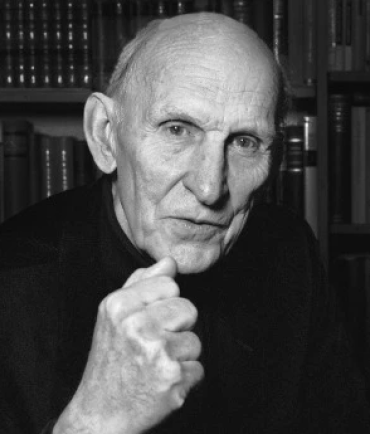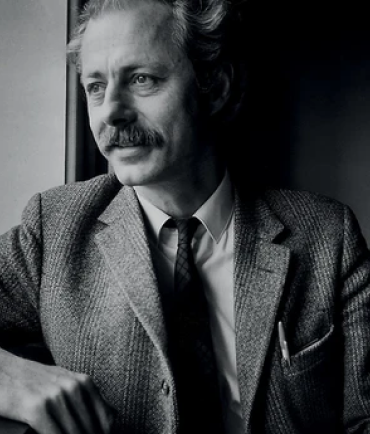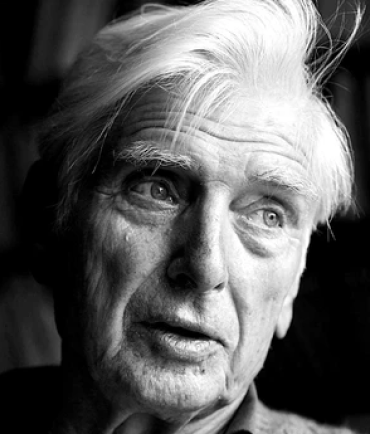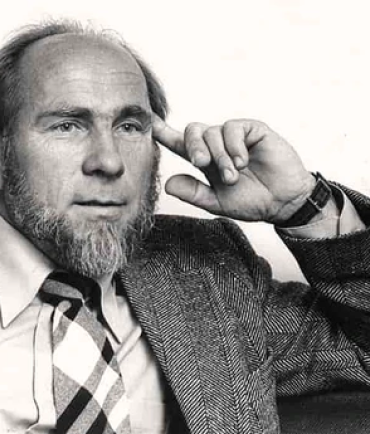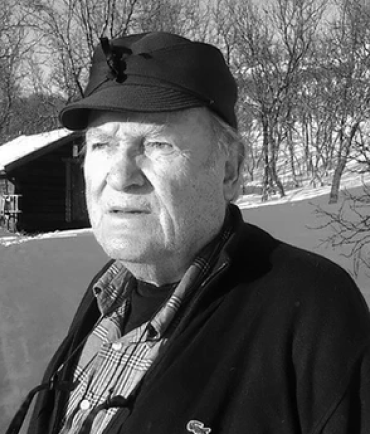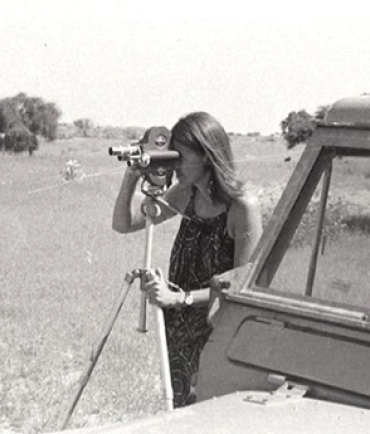Faghistorieprosjektet
Bind II
Intervju med Thomas Hylland Eriksen. Første innlegg i Bind II av foreningens faghistorieprosjekt. Bind I utgjøres av intervjuer
Bind I
Axel i sitt arbeidsværelse hjemme på Nordstrand. Foto av Jan Ketil Simonsen. Intervjuet av Jan Ketil Simonsen og
Portrett av Harald Eidheim. Båtskyss på Tana, 1952. Av Asbjørn Nesheim / Norsk folkemuseum Intervjuet av Thomas Hylland
Photo by Andy Lewis. Interviewed by Bjørn Enge Bertelsen. Moving at the margins to re-center anthropology. From having
Foto av Synnøve S. Bjørset. Intervjuet av Olaf H. Smedal. En paradoksal antropolog I det disse linjene sendes
Intervju med Johannes Falkenberg i forbindelse med hans 70-årsdag. Intervjuet er gjort av Tord Larsen og ble publisert
Intervjuet av Anne Karen Bjelland Kari Siverts har fulgt Instituttet i Bergen fra etableringen, ettersom hennes mann Henning
Intervjuet av Espen Wæhle, først utgitt i Norsk antropologisk Tidsskrift [nr. 2-3, 2008]. En humanistisk antropolog Når du
Intervjuet av Harald Tambs-Lyche, først utgitt i Norsk antropologisk Tidsskrift [nr. 1-2, 2009]. To forskere fikk sin første
Intervjuet av Halvard Vike, først utgitt i Norsk antropologisk Tidsskrift [nr. 1, 2010]. Intervjuet ble gjennomført hjemme hos
Intervjuet av Tian Sørhaug, først utgitt i Norsk antropologisk Tidsskrift [nr. 2-3, 2010]. Arne Martin Klausen er en
Intervjuet av Leif Manger, først utgitt i Norsk antropologisk Tidsskrift [nr. 4, 2011]. Det er vel få fag
Intervjuet av Gro Ween, først utgitt i Norsk antropologisk Tidsskrift [nr. 1, 2011]. Refleksjoner om dekolonisering: Intervju med
Intervjuet av Marianne Lien og Marit Melhuus, først utgitt i Norsk antropologisk Tidsskrift [nr. 2, 2011]. Overcoming the
Intervjuet av Anne Karen Bjelland, først utgitt i Norsk antropologisk Tidsskrift [nr. 2, 2014]. Da jeg ble bedt
Intervjuet av Bror Olsen, først utgitt i Norsk antropologisk Tidsskrift [nr. 2, 2015]. Per Mathiesen har sammen med
Intervjuet av Ada Engebrigtsen, først utgitt i Norsk antropologisk Tidsskrift [nr. 2, 2016]. Original tittel: Visuell professor med
Bakgrunn for prosjektet:
Foreningens styre mente det var på tide å ta konsekvensen av at det blir stadig flere grunner til å se tilbake på vår egen faglige historie. En av dem er ren nødvendighet. De siste årene har vi dessverre opplevd å miste flere enn Georg Henriksen. En annen grunn til å prioritere faghistorisk arbeid er det åpenbare faktum at mange er svært interessert i fagets utvikling. Vi har alle i ulik grad fått tilgang til de muntlige fortellingene og mytene om hva som skjedde i den konstituerende fasen, og vi skaper alle vår egen urtid i relasjon til vår egen inntreden i faget. For min egen del har jeg hørt mye interessant om «loftsgjengen», men også mye annet som knapt har blitt tatt systematisk vare på. Jeg begynte å studere sosialantropologi ved Universitetet i Bergen i 1985, og instituttet var breddfullt av historier og minner som i dag, i mine øyne, virker stadig mer relevante å dokumentere. Da jeg kom til Oslo i 1990, ble samtiden for veldig mange formål satt i relieff av livet «på brakka». Instituttet flyttet til Eilert Sundts hus i 1989, og hadde lenge holdt til i en av brakkene (fra krigens dager) på det overfylte Blindern-området. Det faglige livet «på brakka» ble beskrevet og representert gjennom fortellinger som bar vitnesbyrd om en form for community, om spontanitet – og selvsagt kreativitet. Minner og historier av denne typen har i alt for stor grad, men likevel forståelig nok, blitt sett som en del av de første to generasjonenes personlige og litt private narrativ.
Den faghistoriske interessen er selvsagt også knyttet til det faktum at det er et halvt århundre siden den sosialantropologiske interessen blant den marginale gruppen av studenter ved museet ble vakt. I løpet av tiden som har gått, har det funnet sted brytninger, generasjonsskifter og andre endringer som gjør at veiene inn i vår egen tid framstår som stadig mer uoversiktlige, fascinerende – men fortsatt akk så muntlige. Endelig bør det understrekes at også andre enn oss selv bør få tilgang til materiale som kan belyse sosialantropologiens spektakulære utvikling og betydning i norsk akademisk liv og i samfunnet for øvrig. Faget har en historie som vil kunne kontekstualiseres på en rekke ulike måter, for eksempel som opplysningstidens forlengede arm i Norge.
Foreningens styre har ment at Norsk antropologisk forening kan spille en viktig rolle i faghistorisk arbeid fordi vi representerer et større fellesskap enn de enkelte institutter, og kan derfor trekke veksler på flere krefter, enda mer entusiasme og på den måten bidra til at vår felles historie blir vårt felles gode og felles prosjekt. At det nye redaktørparet i Norsk antropologisk tidsskrift er entusiastiske til ideen om å publisere en del av intervjuene, og skape en egen seksjon i tidsskriftet for dette formålet, er foreningens styre svært glad for. Vi håper dette vil skjerpe lesernes faghistoriske appetitt og slik bidra til at prosjektet kan få et interessant videre liv. Det er på tide å legge forholdene til rette for at våre egne faghistoriske linjer kan utforskes mer systematisk, at de blir tilgjengelige for så mange som mulig, og at de kan utforskes med det blikket vi selv anvender når vi studerer «de Andre».
Har du noe du vil publisere? Kontakt oss på naf@antropologi.org

